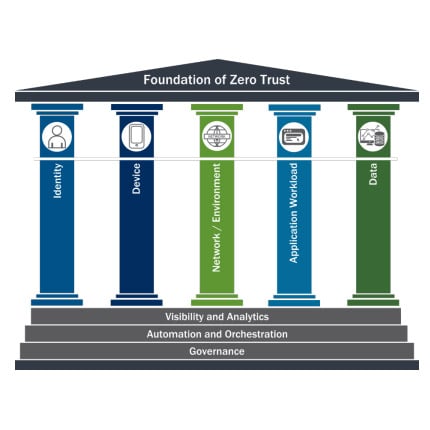Microelectronics
This CADENCE program assesses and supports U.S. manufacturers and their use of U.S. manufactured microelectronics and associated electronics in defense modernization priority areas. The program primarily consists of Threat Situational Awareness assessments of DoD supplier knowledge regarding many threat vectors in the semiconductor and microelectronic supply chains. This program helps connect small commercial innovation or defense companies with CMTC’s California Manufacturing Network.






